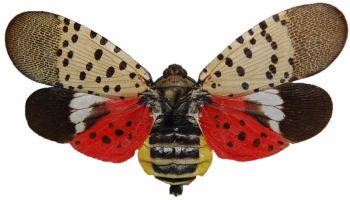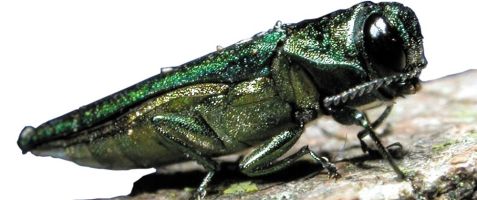Can You “Train” a Tree? Stein Tree Service Discusses Tree Training
Many people believe that trees should be able to thrive just fine without human interference, such as trimming shrubs and trees in Newark, DE landscapes. After all, trees and other plants have been doing so for centuries. However, when people add trees to their home and business properties, some expect them to flourish in less-than-hospitable environments. On average, for every 100 trees planted along town streets, only 50 will survive to 13-20 years. One method that can help ensure tree health if done is tree training. When you train or practice trimming shrubs and trees to guide their growth and well-being, you enhance their appearance and improve their health and lifespan.
What is Tree Training?
Tree training is a process that helps trees or shrubs grow into specific shapes. Through careful, selective pruning cuts, one can have more influence over how a tree grows to the benefit of themselves and the tree. Training a tree can help make a tree more aesthetically pleasing and attractive, but also prevent future health issues such as helping branches grow farther apart to prevent blocking each other out.
What Is The Difference Between Pruning And Training?
You may think training a tree is the same as pruning, but training a tree is slightly different in the approach compared to pruning. While pruning can be used to enhance the beauty of a tree, pruning is most often used to maintain tree health and appearance. For example, pruning would be making pruning cuts to sides of a tree because the branches are too close to a building.
Tree training, on the other hand, is about altering the shape of a tree rather than adjusting or maintaining the shape when problems arise. Tying branches down or propping them up from the ground are examples of techniques used to train trees.
Common Tree Training Methods
The following is a quick look at some different types of training methods and recommendations:
Pollard

Pollard is when upper tree branches are removed to create a fuller topping of foliage and smaller branches. This encourages more vigorous growth at the top, and helps maintain trees at a specific and desired height.
Espalier
This trimming technique trains trees and shrubs to grow up trellises, walls, and other flat surfaces. You may have seen apple and pear trees against walls or fences on farms. While often used for decorative purposes, espalier is also helpful for increasing production on fruit trees as the process exposes plants to more sunlight (and makes fruit picking a lot easier).
Pleach
Pleaching is a technique that weaves branches together to create a seemingly cohesive wall. Pleaching is a time-intensive process that makes hedges stronger and thicker, a good option for protection, privacy, and animal control.
Topiary
You have likely seen this tree training technique in people’s houses or gardens. Topiary is a popular pruning technique that involves training plants and trees by clipping foliage and twigs to create defined shapes. If you have ever seen a hedged transformed into animals or a a maze, you have seen an instance of topiary.
Bonsai
Bonsai is the Japanese art of growing and pruning a tree or shrub in a pot to have the specimen stay small but mimic the tree’s mature form. A beautiful example is the Copper Beech tree that makes for a colorful addition to anyone’s private bonsai collection. However, this delicate tree can also be planted outside and allowed to grow to its mature size as long as the tree is carefully and gradually pruned by a professional with a long-term plan in mind.
Trimming Shrubs and Trees in Newark, DE? Call Stein Tree Service
Stein Tree Service focuses foremost on tree health, but we often do train trees to keep their proper shapes and stay within desired boundaries (i.e., keeping a mature tree from growing its branches into electrical lines). Proper planting is important, which includes choosing the right specimen to ensure the tree or shrub has room to mature to its natural full size.
We are eager to help ensure your trees reach their full potential. For more information about tree training and other best tips and practices for trimming your shrubs and trees, contact us today.



